- İstanbul/Şişli Halaskargazi mah. Rumeli cad. Bina No:71 / Kapı No:8 / Oda No:10
- +90 (552) 170 80 58
- Home
- About
- Aesthetic Surgery
- Facial Aesthetics
- Nose Aesthetics: Details and Answers
- Eyelid Aesthetics: Details and Effects
- Face Lift Surgery: Details and Effects
- Facial Fat Injection: An Aesthetic Solution for a Natural and Youthful Look
- Forehead Lift Aesthetics: A Journey to a Young and Fresh Look
- Brow Lift: The Ideal Solution for a Young and Fresh Look
- Body Aesthetics
- Breast Aesthetics
- Facial Aesthetics
- Non-Surgical Aesthetics
- Contact Us
English
Home
About
Aesthetic Surgery
Facial Aesthetics
Nose Aesthetics: Details and Answers
Eyelid Aesthetics: Details and Effects
Face Lift Surgery: Details and Effects
Facial Fat Injection: An Aesthetic Solution for a Natural and Youthful Look
Forehead Lift Aesthetics: A Journey to a Young and Fresh Look
Brow Lift: The Ideal Solution for a Young and Fresh Look
Body Aesthetics
Liposuction: Details and Effects
Tummy Tuck Aesthetics: Details and Effects
Arm Lift Aesthetics: Surgery Process and Results
Thigh Lift Aesthetics: Things to Know for More Shaped and Firmer Thighs
Post-Bariatric Surgery: Importance and Details
Brazilian Butt Lift: Details and Effects
Breast Aesthetics
Breast Augmentation Aesthetics: Everything You Need to Know
Breast Lift Aesthetics: Details and Answers
Breast Reduction Aesthetics: Details and Answers
Gynecomastia: Breast Enlargement in Men and Solutions
Non-Surgical Aesthetics
Lip Fillers: The Art of Highlighting Natural Beauty
Filler Applications: Hyaluronic Acid Filler and Its Use in Different Areas
Contact Us
English
Türkçe (Turkish)
Italiano (Italian)
العربية (Arabic)
Français (French)
Deutsch (German)
Русский (Russian)

